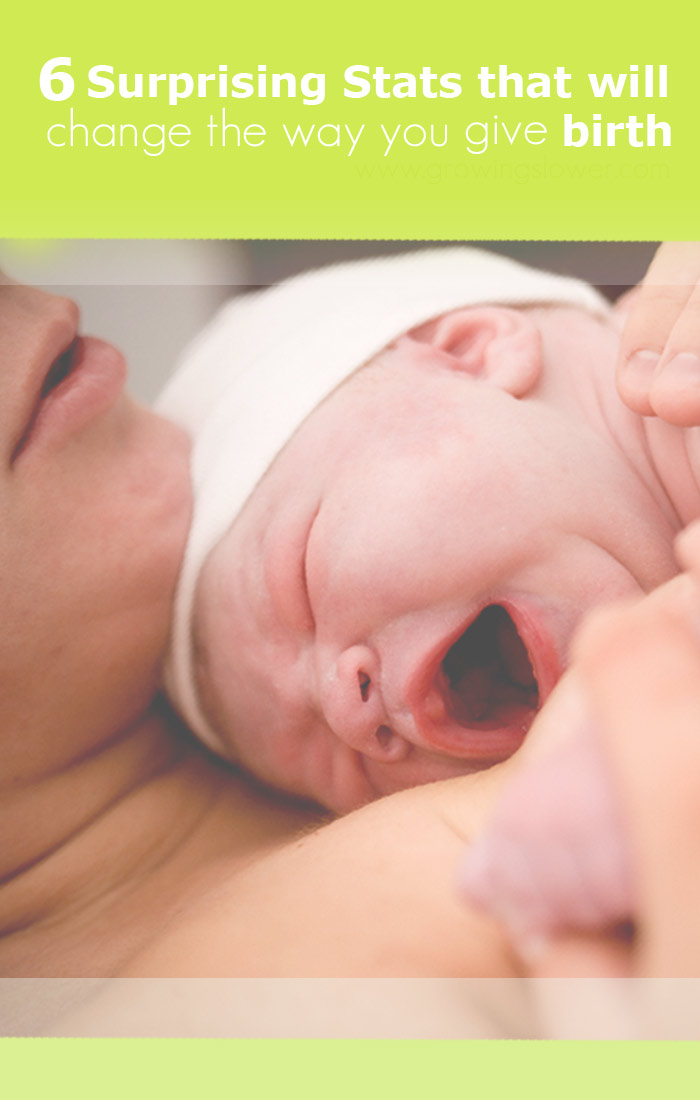T hese 6 surprising statistics are just a sampling of the evidence that should make us rethink business as usual when it comes to birth in America. Each one represents a choice that many pregnant women are called upon to make about their births. And after you’ve seen them, the way you think about birth will never be the same.
If women had this information available to them, they might choose differently for themselves and their babies. It’s easy to see how without it, many births lead to unnecessary inductions and c-sections.

6 Surprising Birth and Pregnancy Statistics
1 Ultrasounds are bad at measuring baby weight. During the third trimester they are an average of 10-20% off in estimating your baby’s actual weight. In other words, an average sized baby could be estimated as weighing over 9 pounds.
2 Pregnancy really lasts 41 weeks for low-risk first time moms. Studies have shown that the average length of pregnancy for low-risk women is not 40 weeks as commonly believed. It’s actually around 40 weeks plus three days for experienced moms and 41 weeks plus one day for first time moms. (Thank goodness I was prepared for this fact with my first birth!)
3 Having a doula to support you during birth will decrease your risk of c-section by 28 percent. Doulas also decrease the likelihood of many other medical interventions and increase a mother’s satisfaction with her birth experience. It’s no surprise then that their presence at births has doubled in just the last 6 years.
4 Seventy-four percent of women who attempt a VBAC will be successful. Unfortunately, most women are not supported by their care providers to even try. Many hospitals have banned VBACs. The maternal death rate is 3 times higher for repeat c-sections than VBACs.
5 Moms who experience induction of labor with an epidural are 6 times more likely to have a c-section than those who don’t have either intervention.

6 Ninety-five percent of low-risk women could give birth without medical intervention. About one quarter want to, but only 2 percent actually do. This needs to change! More on that all month long in the 31 Days of Natural Birth.
References:
1. The Labor Progress Handbook (This is an amazing resource full of tons of research you just don’t find floating around the internet or even in most pregnancy and birth books. Affiliate link)
2. The length of uncomplicated human gestation
4. NIH Consensus Development Conference onVaginal Birth After Cesarean
5. Listening to Mothers Survey III
6. Ina May’s Guide to Childbirth (affiliate link), Baby Center, and Natural Birth Statistics
What piece of information or research most influenced your decisions for your birth?

Original article and pictures take growingslower.com site
Комментариев нет:
Отправить комментарий